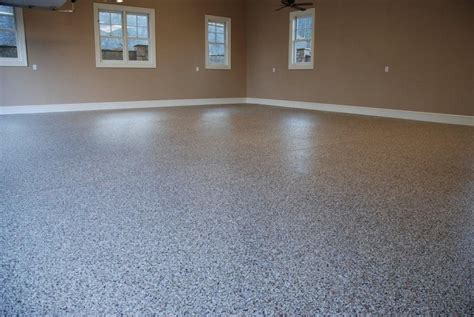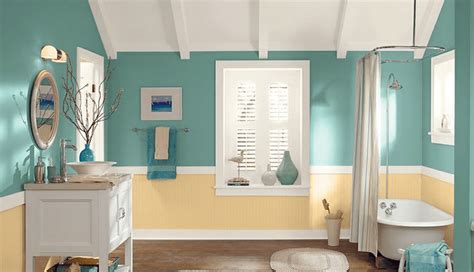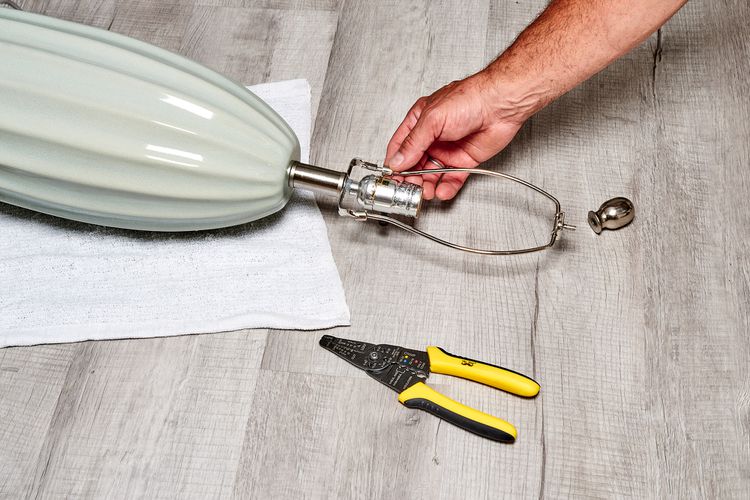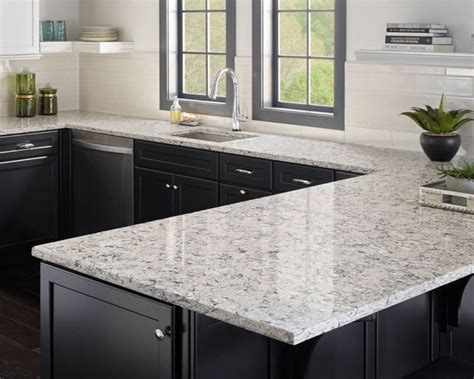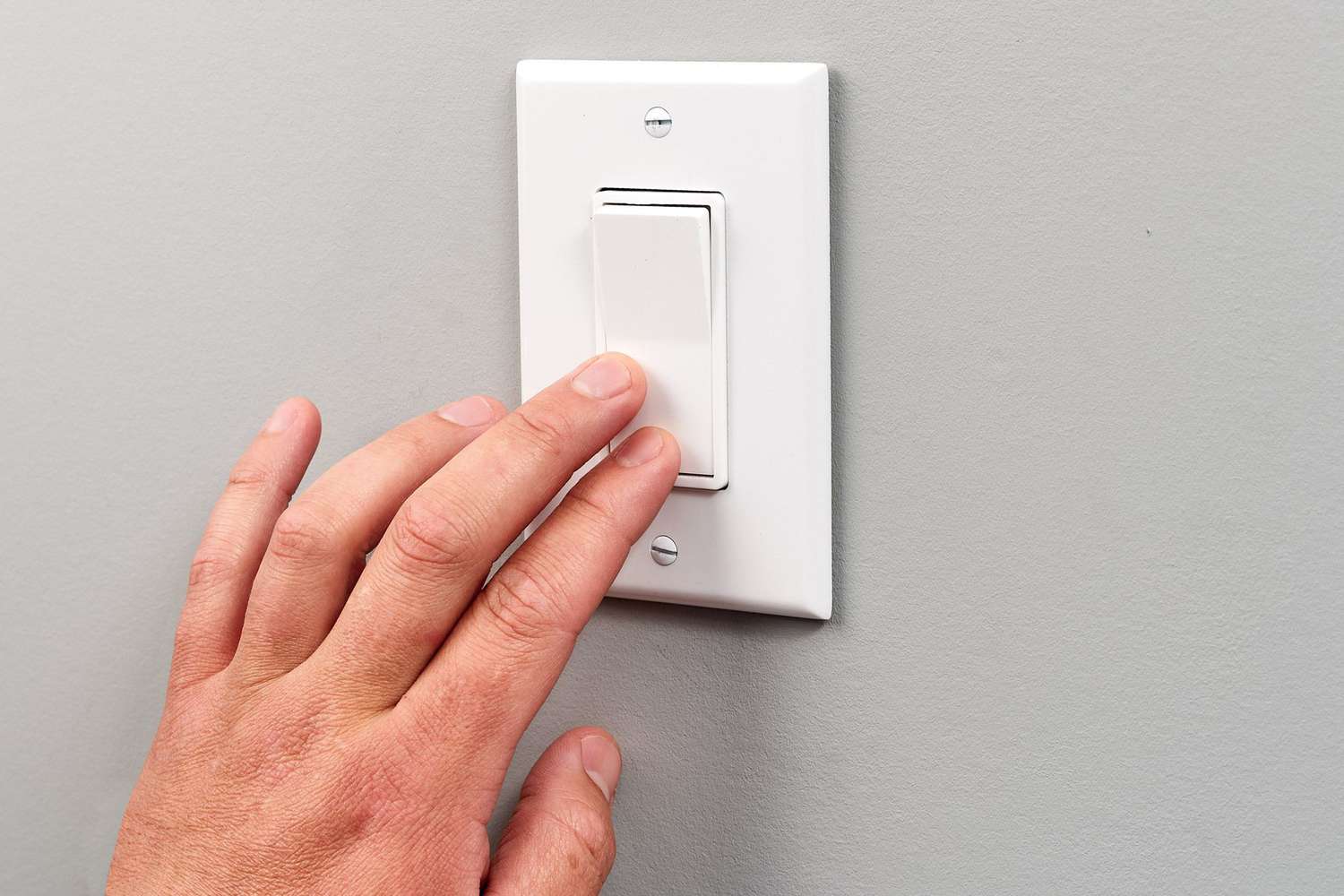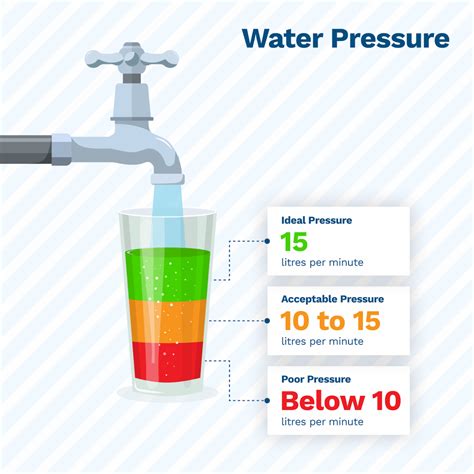
What is Water Pressure?
Water pressure refers to the force at which water is delivered through your plumbing system. It is an essential factor that determines the functionality of various fixtures and appliances in your home, such as faucets, showers, and washing machines. Understanding water pressure is crucial for maintaining a steady and efficient water flow throughout your household.
How to Test Your Home’s Water Pressure
Testing your home’s water pressure is a simple process that can help you identify any potential issues. Here’s how you can do it:
Step 1: Gather the necessary tools
You’ll need a pressure gauge specifically designed for water systems. These gauges can be purchased at most hardware stores.
Step 2: Locate an outdoor faucet
Choose an outdoor faucet that is easily accessible and close to your main water supply. Make sure there are no attachments such as hoses or sprinklers connected to the faucet.
Step 3: Connect the pressure gauge
Screw the pressure gauge onto the faucet tightly. Ensure a secure connection to prevent any leaks.
Step 4: Open the faucet
Fully open the faucet and allow the water to run for a few seconds to stabilize the pressure.
Step 5: Read the pressure
Read the pressure indicated on the gauge. The standard water pressure for most residential properties is between 40 and 60 pounds per square inch (psi).
Low Water Pressure Problems
Experiencing low water pressure in your home can be frustrating. Here are some common causes of low water pressure and how to address them:
Partially Closed Valve
Check if any valves supplying water to your fixtures or appliances are partially closed. Fully open the valves to restore proper water pressure.
Debris in the Pipes
Over time, sediment, rust, or debris can accumulate in your pipes, restricting water flow. Consider hiring a professional plumber to clean or flush the pipes to eliminate any blockages.
Corroded Water Lines
Corrosion in water lines can restrict water flow and result in low pressure. If you suspect corroded pipes, it’s best to consult a plumber who can assess the situation and recommend appropriate solutions, such as pipe replacement.
Leaking Pipes
Leaks in your plumbing system can contribute to low water pressure. Inspect your pipes for any visible leaks and promptly repair them to restore proper water flow.
Failing Pressure Regulator
A pressure regulator is responsible for maintaining consistent water pressure in your home. If the pressure regulator is faulty or malfunctioning, it can result in low water pressure. Contact a professional plumber to inspect and replace the pressure regulator if necessary.
Faulty Fixtures
Faulty faucets, showerheads, or other fixtures can also contribute to low water pressure. Inspect and clean these fixtures regularly, and if needed, consider replacing them to improve water flow.
FAQs
1. Can high water pressure cause problems in my home?
Yes, high water pressure can cause damage to your plumbing system over time. It can lead to leaks, burst pipes, and premature wear on fixtures and appliances. It’s important to monitor and regulate water pressure to avoid these issues.
2. Can I increase water pressure in my home?
In some cases, you may be able to increase water pressure by adjusting the pressure regulator or
installing a booster pump. However, it’s important to consult with a professional plumber to ensure these adjustments are done safely and in accordance with local regulations.
3. Is low water pressure always a plumbing problem?
Not necessarily. Low water pressure can sometimes be a result of municipal supply issues or water main breaks in your area. Before assuming it’s a plumbing problem, check with your neighbors to see if they are experiencing similar issues. If it’s a widespread problem, contact your water utility provider for assistance.
Conclusion
Understanding water pressure and troubleshooting low water pressure problems is essential for maintaining a functional plumbing system in your home. By following the steps to test your water pressure and addressing common issues, you can ensure a steady and efficient water flow throughout your household. If you encounter complex or persistent problems, it’s always wise to seek the expertise of a professional plumber to resolve the issues effectively.


